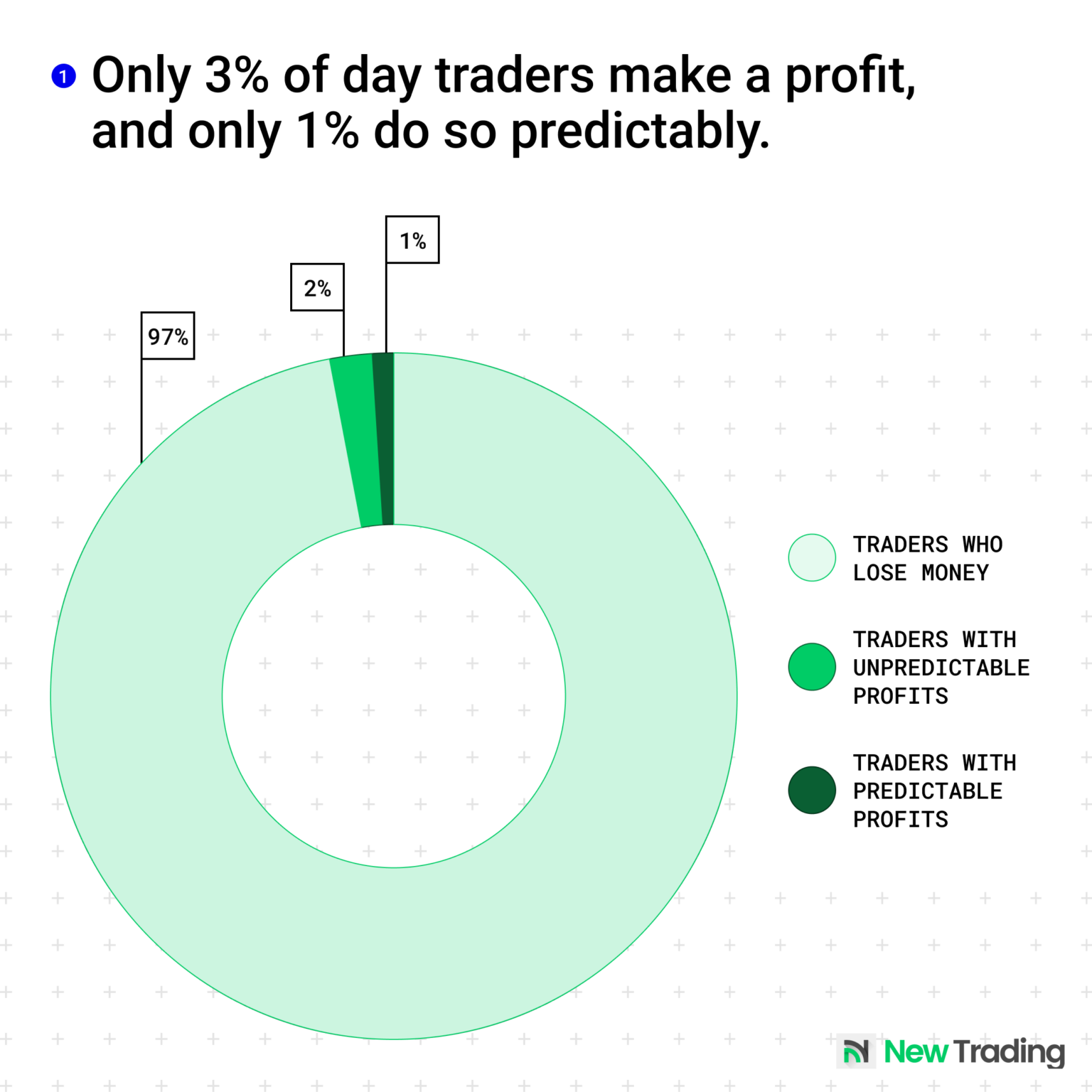Is day trading still profitable in 2025?
 Is Day Trading Still Profitable in 2025?
Is Day Trading Still Profitable in 2025?
The profitability of day trading in 2025, and indeed any year, is a complex question. It hinges on a multitude of factors, including market conditions, individual trader skill and discipline, and risk management strategies. While some individuals may achieve significant returns, the inherent volatility and competitive nature of the market mean consistent profitability is far from guaranteed. This exploration will delve into the dynamics influencing short-term trading success, considering historical trends and contemporary market challenges.
Historically, periods of high market volatility have often presented opportunities for skilled day traders to capitalize on price fluctuations. However, these periods are also characterized by increased risk. Understanding market cycles, technological advancements impacting trading speed and access to information, and the evolving regulatory landscape are all critical considerations. The competitive nature of the field, with sophisticated algorithmic trading systems now commonplace, adds another layer of complexity.
This article will proceed by examining frequently asked questions surrounding the viability of day trading, offering practical tips for success, and finally, summarizing key findings and providing a forward-looking perspective.

FAQs about Day Trading Profitability in 2025
This section addresses common questions and misconceptions surrounding the potential for profit in short-term trading.
Question 1: Is day trading inherently more risky than long-term investing?
Yes, day trading carries significantly higher risk than long-term investing. The short timeframe magnifies both potential gains and losses. Long-term investors can weather market downturns, whereas day traders are more vulnerable to rapid price swings.
Question 2: What are the main factors influencing day trading success?
Success depends on a combination of factors including: a deep understanding of market dynamics and technical analysis; a robust trading strategy with clearly defined entry and exit points; strict risk management, including stop-loss orders; and emotional discipline to avoid impulsive decisions. Access to reliable, real-time market data is also crucial.
Question 3: What role does technology play in day trading?
Technology is paramount. High-speed internet, sophisticated trading platforms, and access to advanced charting and analytical tools are essential for successful day trading. The ability to execute trades swiftly and efficiently is critical in this fast-paced environment.
Question 4: Are there any legal or regulatory considerations for day traders?
Yes, regulations vary by jurisdiction but generally involve requirements for proper record-keeping, compliance with tax laws relating to capital gains, and understanding the rules of the specific exchanges where trading occurs.
Question 5: What are the common pitfalls to avoid in day trading?
Common pitfalls include overtrading, neglecting risk management, emotional decision-making (fear and greed), chasing losses, and a lack of thorough research and planning. A well-defined strategy and disciplined approach are crucial for mitigating these risks.
Question 6: Can algorithmic trading systems provide an advantage to day traders?
Algorithmic trading has become increasingly prevalent, providing significant advantages to those who utilize them effectively. However, developing and maintaining effective algorithms requires specialized expertise and significant resources. Furthermore, reliance on algorithms without a deep understanding of underlying market principles can be detrimental.
Key takeaway: While day trading can be profitable, it requires significant skill, discipline, and risk management. The inherent risks should not be underestimated.
Tips for Successful Day Trading
These tips can enhance the likelihood of achieving positive outcomes in the competitive landscape of day trading.
Tip 1: Develop a well-defined trading plan: This plan should outline trading strategies, risk management parameters, and clearly defined entry and exit points. Consistency is key.
Tip 2: Master technical analysis: Understanding charts, indicators, and candlestick patterns is crucial for identifying potential trading opportunities and managing risk effectively.
Tip 3: Practice risk management rigorously: Use stop-loss orders to limit potential losses, diversify investments, and never risk more capital than one can afford to lose.
Tip 4: Utilize leverage cautiously: Leverage can magnify both profits and losses. Employing leverage requires a high level of skill and discipline to avoid excessive risk.
Tip 5: Embrace continuous learning: The markets are constantly evolving. Staying abreast of market trends, new trading strategies, and technological advancements is essential for long-term success.
Tip 6: Maintain emotional discipline: Avoid emotional trading decisions driven by fear or greed. Stick to the trading plan and avoid impulsive reactions to market fluctuations.
Tip 7: Backtest your strategies: Thoroughly test your trading strategies using historical data to evaluate their performance and identify potential weaknesses before deploying them with real capital.
Tip 8: Keep detailed records: Maintain meticulous records of all trades, including entry and exit prices, reasons for each trade, and the overall performance of the trading strategy.
By implementing these tips, traders can significantly improve their chances of navigating the challenges of day trading and potentially achieving profitable outcomes.
Conclusion on Day Trading Profitability in 2025
The viability of achieving consistent profits from day trading in 2025, and beyond, is contingent upon several interconnected factors. While opportunities exist, the highly competitive and inherently volatile nature of the market underscores the paramount importance of robust risk management, disciplined strategy execution, and continuous learning. The integration of advanced technologies and the increasing sophistication of algorithmic trading further amplify the need for expertise and preparedness.
Ultimately, success in day trading is not guaranteed, and significant capital loss is a real possibility. Aspiring day traders should carefully weigh the considerable risks against the potential rewards, and thoroughly prepare themselves before venturing into this demanding field. Continuous learning, adaptation to market changes, and a commitment to disciplined risk management are the cornerstones of long-term success in this dynamic environment.

Published on: 2025-04-05T03:32:13.000Z
